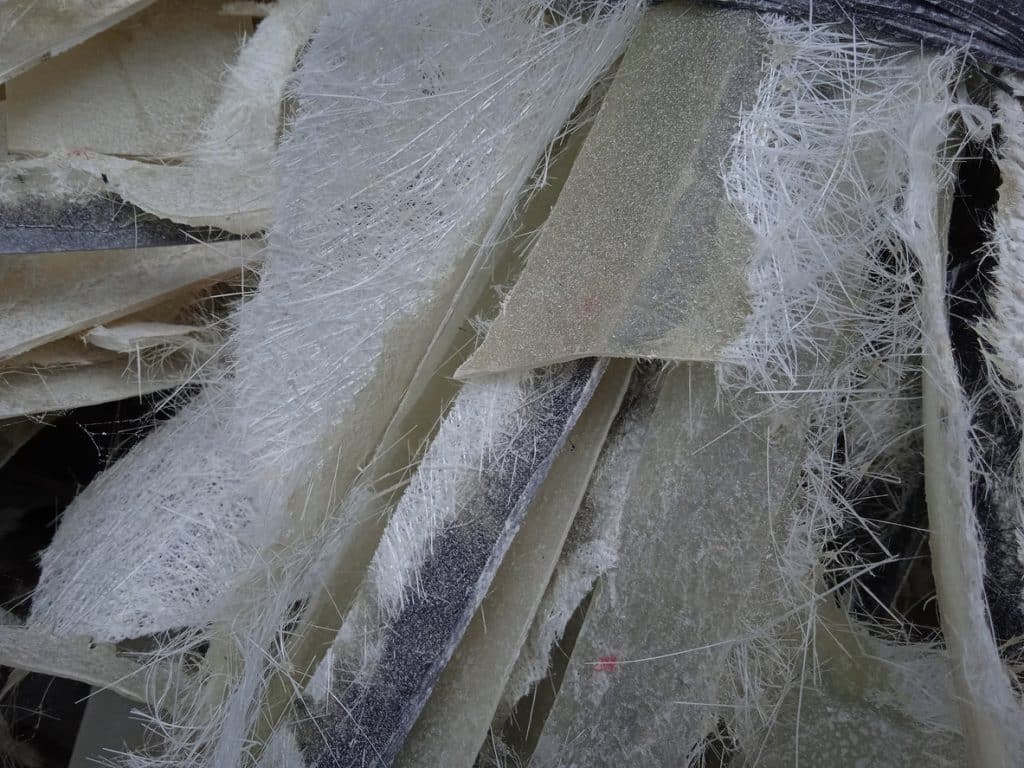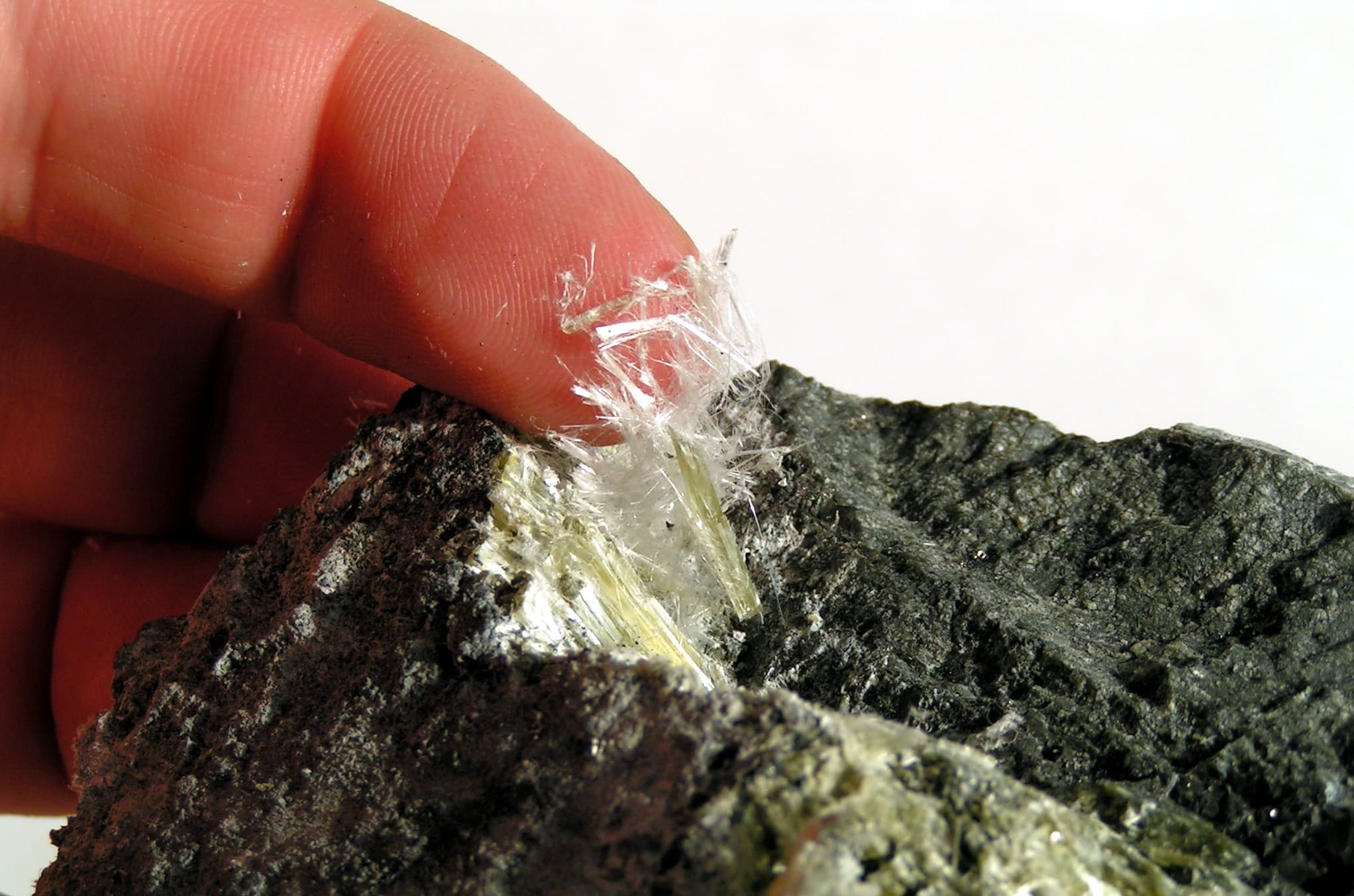A hazardous materials consultant‘s job is to ensure the safety of occupants and workers while identifying and managing any hazardous building materials. But do you know what they need to look for and how they assess the risks? Find out the basics of hazardous building materials, their impact on health, and the importance of a thorough hazardous materials assessment here.
The Basics of Hazardous Building Materials

Defining Hazardous Building Materials
Hazardous building materials encompass a range of substances and materials that pose potential risks to human health and the environment when they are present in buildings. These materials can be found in various forms, including asbestos, lead, mould, radon, and more.
The Importance of Identification
Identifying hazardous materials is a crucial first step in any construction or renovation project. Without proper identification, you may unknowingly expose occupants and workers to dangerous substances, leading to health problems and legal liabilities.
Common Hazardous Building Materials
Let’s dive into some of the most common hazardous building materials that a hazardous materials consultant like you may encounter during assessments:
#1: Asbestos
Asbestos, once a widely used construction material, is now known for its carcinogenic properties. Inhalation of asbestos fibres can lead to serious health issues, including lung cancer and mesothelioma. A top priority in any building assessment is to seek asbestos testing in Calgary to help identify and safely remove asbestos.
#2: Lead-Based Paint
Lead-based paint poses significant health risks in older buildings, especially to young children. Lead exposure can lead to developmental issues and cognitive impairments. Identifying and mitigating lead-based paint is essential, particularly in buildings with peeling or deteriorating paint.
#3: Mould
Mould growth in buildings can result from moisture issues. Certain moulds produce mycotoxins that can cause respiratory problems, allergies, and other health concerns. Identifying and addressing mould growth is vital to maintaining indoor air quality.
#4: Radon Gas
Radon is a naturally occurring radioactive gas that can seep into buildings through the soil. Prolonged exposure to elevated radon levels can increase the risk of lung cancer. Testing for radon is essential, especially in areas with a known radon risk.
#5: PCBs (Polychlorinated Biphenyls)
PCBs were once used in electrical equipment and building materials. They have since been banned due to their toxicity and persistence in the environment. Identifying and safely removing PCB-containing materials is critical.
The Role of a Hazardous Materials Consultant
A Hazardous Materials Consultant’s Expertise
A hazardous materials consultant’s expertise is indispensable in identifying and managing hazardous building materials. Their knowledge of regulations, assessment techniques, and safe removal procedures is essential for ensuring the safety of all stakeholders involved in construction or renovation projects.
The Assessment Process
A hazardous materials assessment is a systematic process that involves:
- Identification: Carefully inspecting the building for potential hazardous materials, using specialized equipment and knowledge.
- Testing: Conduct various tests, such as lead paint or asbestos testing, to confirm the presence of hazardous materials.
- Risk Assessment: Evaluating the risks associated with the identified materials, taking into account factors like exposure levels and the condition of the materials.
- Recommendations: Providing recommendations for safely removing or managing hazardous materials, ensuring compliance with regulations.
Legal & Regulatory Compliance
As a hazardous materials consultant, you play a pivotal role in helping clients comply with local, state, and federal regulations regarding hazardous building materials. Failure to adhere to these regulations can result in severe penalties and legal consequences.
The Health Impact
#1: Occupational Health Concerns
Hazardous building materials pose risks to building occupants and workers involved in construction, renovation, or demolition projects. These workers can be exposed to dangerous substances without proper safeguards, leading to occupational health issues.
#2: Long-Term Health Effects
Exposure to hazardous building materials can have long-term health effects. For example, asbestos-related illnesses may not manifest until years after exposure. It’s essential to prioritize safety to prevent health issues down the road.
The Importance of Safe Removal & Remediation
Asbestos Abatement
If asbestos is present, safe removal and disposal are paramount. Asbestos abatement involves carefully removing and disposing of asbestos-containing materials following strict guidelines and regulations.
Lead Paint Remediation
Lead-based paint can be managed through encapsulation or complete removal, depending on the condition of the paint and the level of risk. Safe removal methods must be employed to protect workers and occupants.
Mould Remediation
Mould remediation involves:
- The removal and cleaning of mould-infested materials.
- Addressing the underlying moisture issue.
- Ensuring proper ventilation to prevent future growth.
Radon Mitigation
Radon mitigation techniques vary depending on the source of radon entry. Proper sealing, ventilation, and installation of radon mitigation systems can help reduce indoor radon levels.
The Future of Hazardous Building Materials
A hazardous materials consultant must stay up-to-date with evolving building materials and environmental regulations. The industry continues to advance, with a growing emphasis on sustainable and environmentally friendly construction practices.
#1: Sustainable Building Materials
The shift towards sustainable building materials aims to reduce the use of hazardous substances in construction. It benefits the environment and improves building occupants’ and workers’ health and well-being.
#2: Green Building Certifications
Green building certifications, such as LEED (Leadership in Energy and Environmental Design), prioritize using safe and eco-friendly materials. As a consultant, your role may involve guiding clients toward achieving such certifications.
Ensure Your Safety & Health with a Hazardous Materials Consultant
Hazardous building materials can pose severe health risks if not properly identified and managed. By conducting thorough hazardous materials assessments and providing expert guidance on safe removal and remediation, you contribute to building occupants’ and workers’ safety and well-being. With a hazardous materials consultant’s expertise, dedication, and commitment to compliance, they can ensure buildings are not just structures but safe and healthy spaces for all.
Alberta Safety & Environmental Services (ASE Services) is one of the most reputable providers of Hazardous materials assessment and hygiene inspection services—including asbestos, lead, mould, mercury, and silica detection, as well as industrial hygiene testing for grow ops and other facilities. With a background in Alberta’s Occupational Health & Safety Commission and professional project management skills, our qualified staff can provide reliable handling of air quality and industrial hygiene from initial industrial inspection all the way to remediation programs. Whether just for a permit, or in-depth air quality control, we can help. Feel free to reach out and secure air quality and hygiene requirements for your building.
